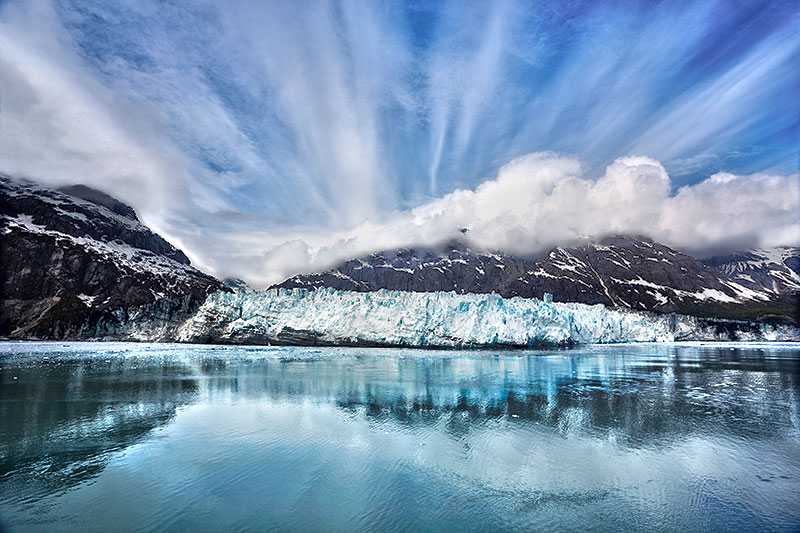Glacier Bay National Park and Preserve
About Glacier Bay National Park and Preserve
Glacier Bay National Park and Preserve is located is Southeast Alaska. The park and preserve cover 13,287 km2 (5,130 sq mi) of diverse land...
About Glacier Bay National Park and Preserve
Glacier Bay National Park and Preserve is located is Southeast Alaska. The park and preserve cover 13,287 km2 (5,130 sq mi) of diverse landscape. Magnificent glaciers, snow-capped mountains, lush rainforest, wild coastline, freshwater lakes and peaceful fjords can all be explored here.
The park is extremely remote and its natura...
Attractions near Glacier Bay National Park and Preserve
Activities
About Glacier Bay National Park and Preserve
About Glacier Bay National Park and Preserve
Glacier Bay National Park and Preserve is located is Southeast Alaska. The park and preserve cover 13,287 km2 (5,130 sq mi) of diverse landscape. Magnificent glaciers, snow-capped mountains, lush rainforest, wild coastline, freshwater lakes and peaceful fjords can all be explored here.
The park is extremely remote and its natural beauty unspoiled. It cannot be reached by road, so the easiest route in is by air or sea. Despite travel restrictions, over 400,000 people flock to Glacier Bay every year.
History
The area covered by the park has a unique history. In 1794, Captain George Vancouver discovered a colossal sheet of glacial ice covering the area where the park now lies. The ice was miles wide and thousands of feet thick but in just 200 years it has retreated 104.6 km (65 mi) to reveal the bay and surrounding areas.
Flora and Fauna
Wildlife spotting is a popular pursuit in the park and there is no shortage of animals to see. Several species of whale gather in the bay in summer to feed, including humpbacks, Minke and killer whales. Porpoises also make use of the well-stocked bay waters. Sea lions rest and breed on the rocky shoreline and islands of the park. Seals make their home on the floating ice islands of Johns Hopkins Inlet, while sea otters swim in many of the park’s waters. The park is home to an abundance of land animals too, including; moose, bears, wolves, coyotes, mountain goats and more.
Activities
Park ranger guided walks are an excellent way to experience the park and learn more about its wildlife and history. Of course, hiking trails are available for those who prefer to go it alone. Kayaking and rafting is a popular choice for the adventurous visitors who seek an alternative, more exhilarating view of the park.
